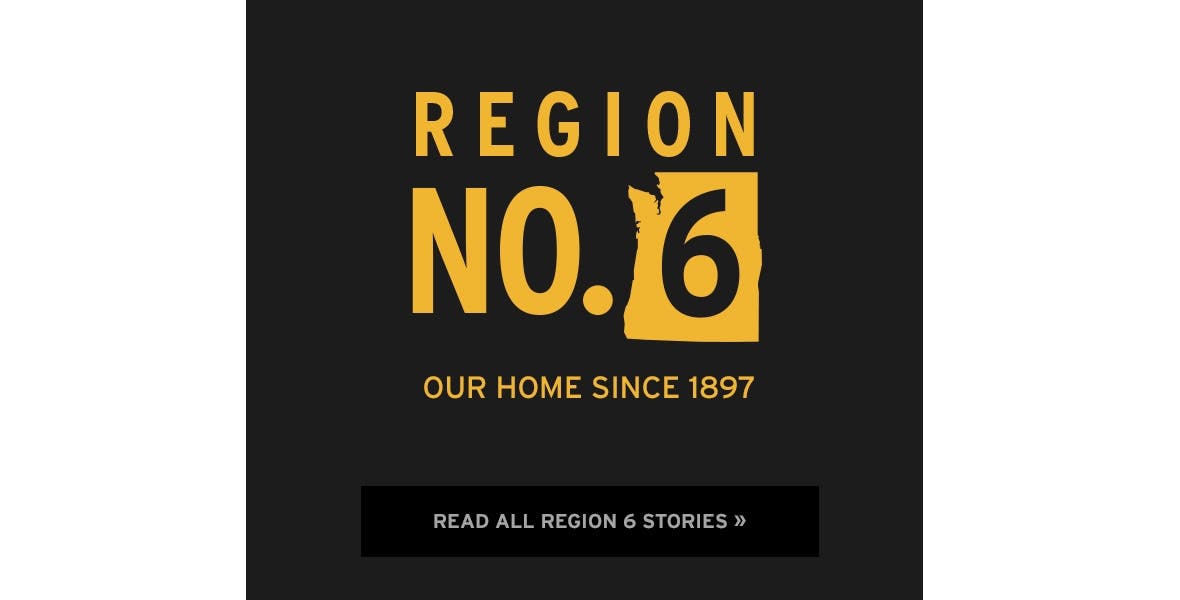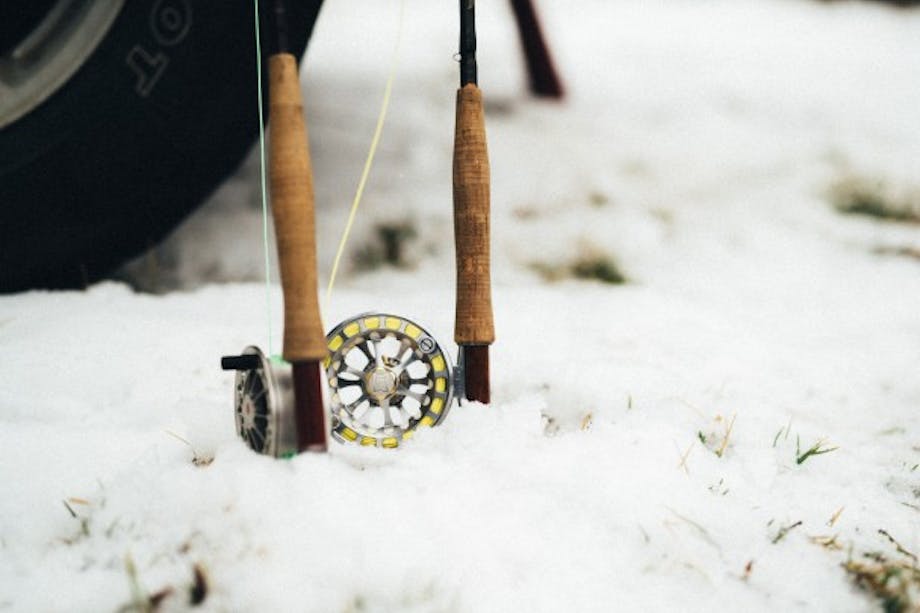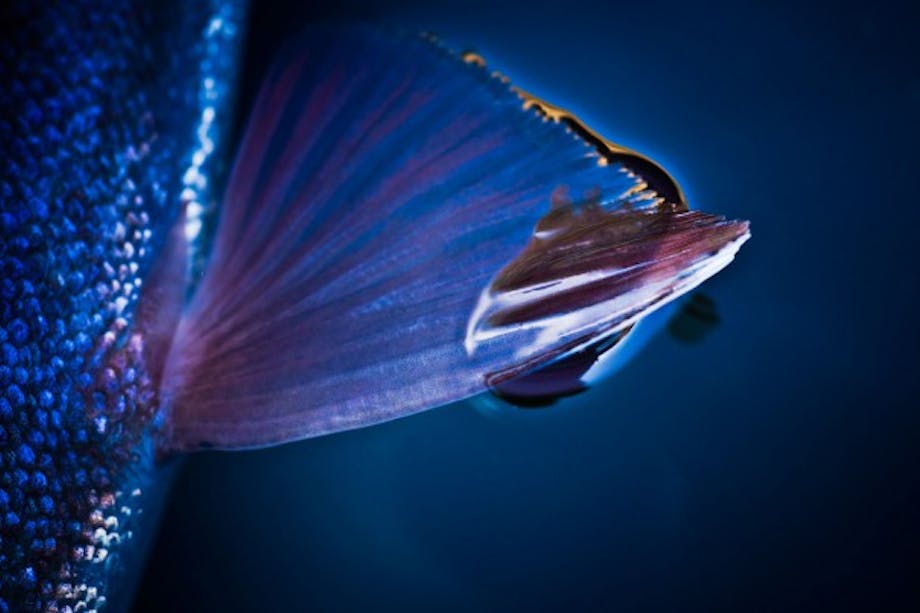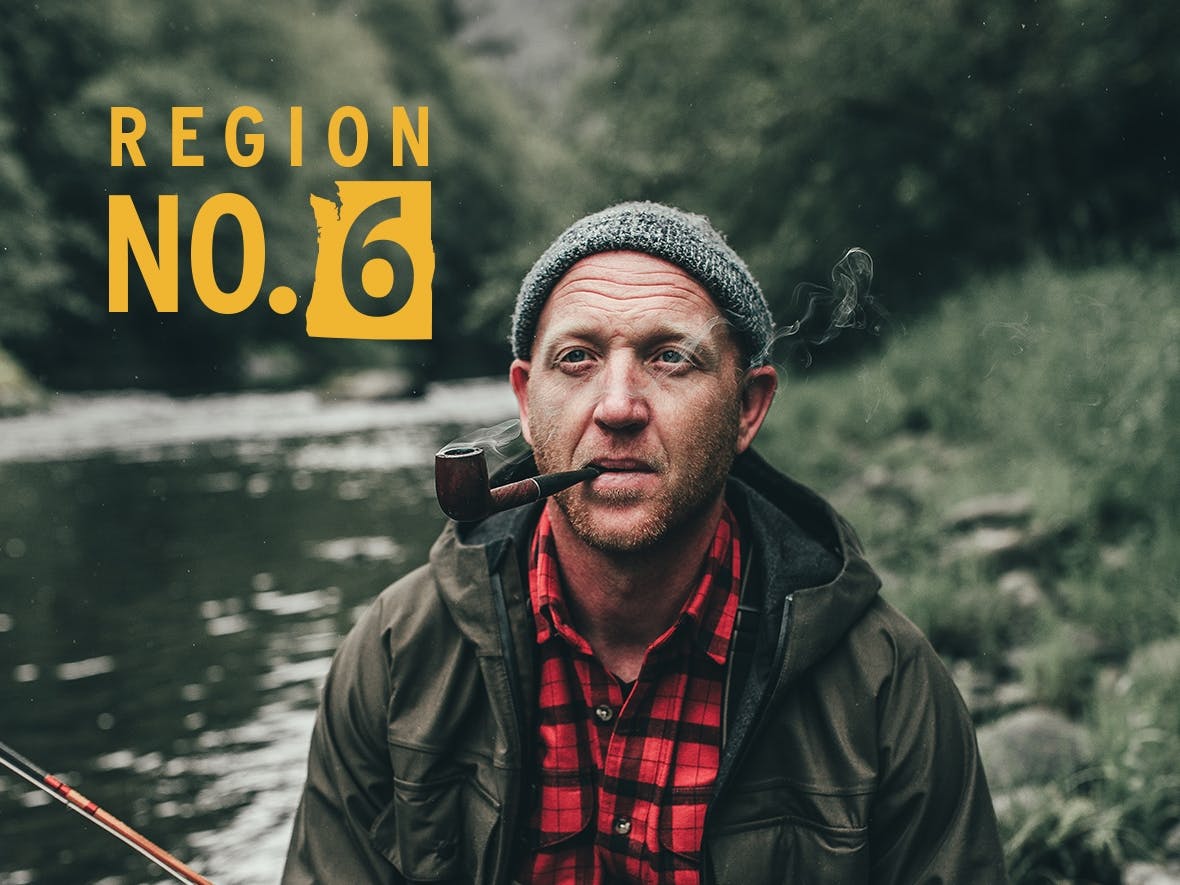
The Fly Fishing Collaborative may be the new model for social change. Based in Portland, Oregon, the organization uses donated guided trips to build sustainable fish-and-produce farms in developing countries. This Filson Life is part of Filson’s celebration of the Forest Service and the people of the Pacific Northwest Region of the USFS, Region 6.
Three years ago, Bucky Buchstaber was trying to find a way to combine his passions. Being an ardent fisherman of the Pacific Northwest’s streams—from the high creeks of the National Forests and wilderness areas to the brackish, wide mouths of rivers dumping into the sea—Buchstaber was looking to overlap his time on the river with his philanthropic goal of stanching the flow of children into the global epidemic of human trafficking. To that end, he set up the Fly Fishing Collaborative. His idea was to have professional fly fishing guides donate their time and what would be their fees to the Collaborative, which uses the money to prevent kids from being sold into prostitution or labor or any number of other despicable activities.
His idea took off in a way he had not anticipated. He took people fishing and pitched his idea. On the rivers that built his love for fishing, like the high stretches of the Deschutes and the tumbling creeks of Mt. Baker, he sewed the seeds of the Collaborative. Support came from all sides. He quit his job of 17 years as a pastor and sank his energy into the Collaborative. Today, the group includes nearly 100 organizations, companies, and people that have come together for change.
“I can tell you that I’m making a far bigger difference in children’s lives doing this than I ever I have before in my life,” he says. “We’re dialing in our process, and the longer we’re at this, the bigger impact we’re having.”
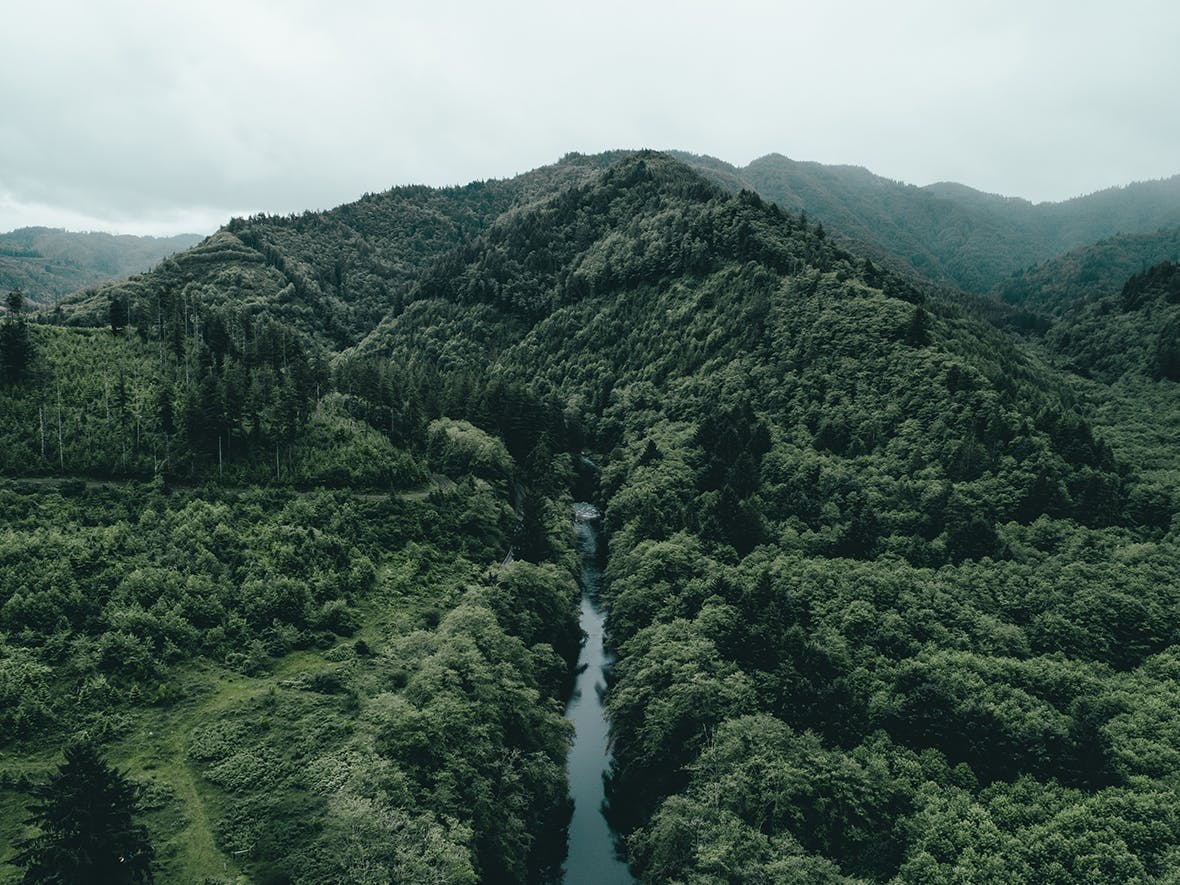 The vehicles for change are aquaponic farms, funded by the donations from guided fly fishing trips. An aquaponic farm is a self-enclosed system of raising fish, often tilapia, that fertilize edible plants. The fish are raised in 500-gallon tanks. Their waste contains ammonia, which microbes in the soil convert to plant-absorbable nitrites. That process also purifies the water so that it may be reused in the fish tanks. Both the fish and the vegetables can be harvested, and the system needs very little replenishment water. In fact, all the system needs is inexpensive fish food, a local manager to oversee the operation, and someone like Bucky to orchestrate it all. Once the operation is set up and running, vegetables start growing and the fish get fatter, and eventually the excess fish and produce can be sold.
The vehicles for change are aquaponic farms, funded by the donations from guided fly fishing trips. An aquaponic farm is a self-enclosed system of raising fish, often tilapia, that fertilize edible plants. The fish are raised in 500-gallon tanks. Their waste contains ammonia, which microbes in the soil convert to plant-absorbable nitrites. That process also purifies the water so that it may be reused in the fish tanks. Both the fish and the vegetables can be harvested, and the system needs very little replenishment water. In fact, all the system needs is inexpensive fish food, a local manager to oversee the operation, and someone like Bucky to orchestrate it all. Once the operation is set up and running, vegetables start growing and the fish get fatter, and eventually the excess fish and produce can be sold.
To date, the Collaborative has built seven aquaponic farms in six countries: Zimbabwe, Kenya, Uganda, Rwanda, Belize, and two in Thailand, one of which was completed this past spring. Most trafficked children are sold for sex or labor because of a shortage of income or resources. The farms are aimed at directly confronting that part of the crime chain by giving households, foster homes, orphanages, and at-risk communities the resources to keep kids off the market. The thinking is that if these communities, places, and people have more income, the children will be better looked after and less likely to end up in criminal industries.
Buchstaber is the man behind all of this, and it’s no small machine to keep greased. We caught up with him to see how he manages to make it all happen.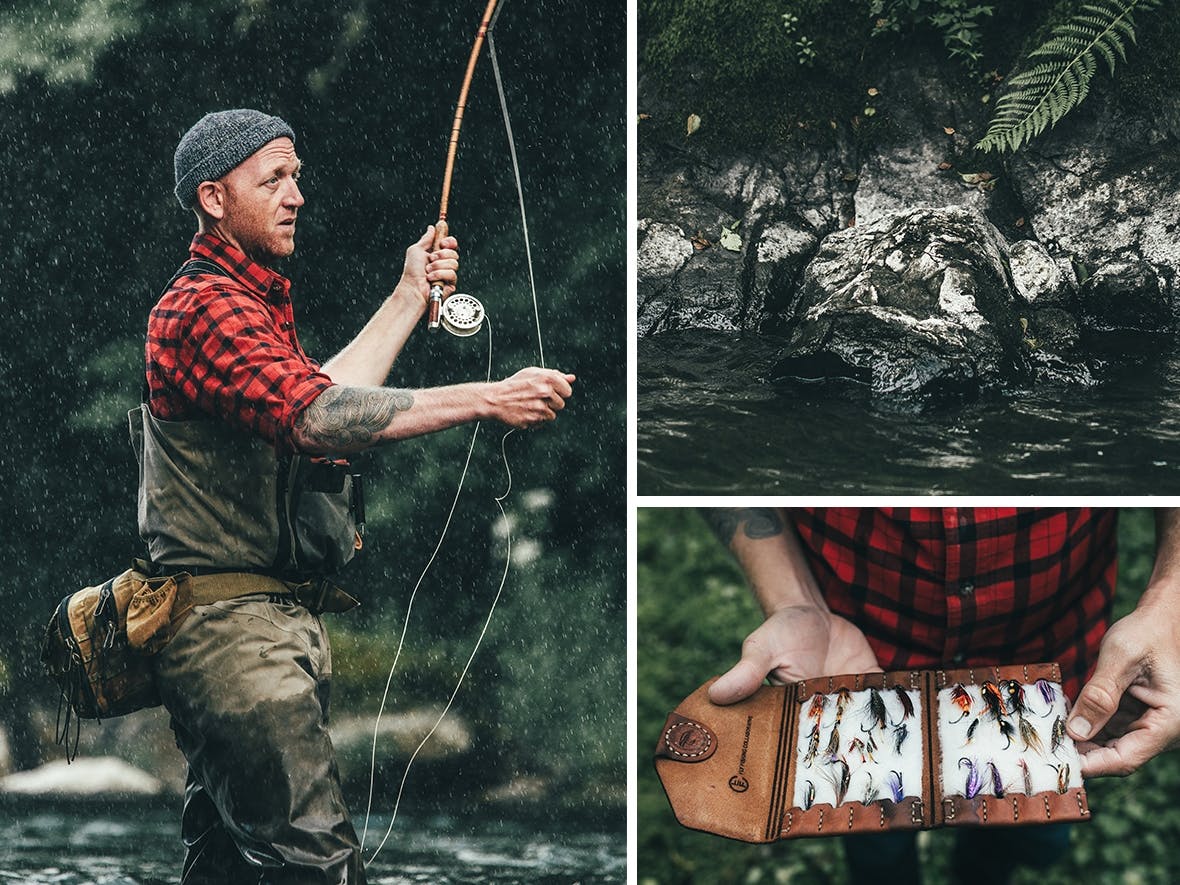 Filson: Where did the idea of aquaponic farming come from?
Filson: Where did the idea of aquaponic farming come from?
Buchstaber: My wife and I were trying to figure out a sustainable way to help kids that are forced into trafficking, and as we’re wrestling with this, my fishing buddy learned how to build these aquaponic farms. He’s a welder by trade, and now he and his wife are our aquaponic experts. They do every build.
And the farms are productive?
They’re awesome. The harvest yield for the vegetables can be ten times as much as traditional farming techniques. And with traditional farming, when you grow something in the soil, you deplete the soil nutrients every year. So you have to add to the soil or move to a new location. With aquaponics, there’s no soil—the plants grow in gravel or on rafts floating above the water—and you don’t have to add anything but fish feed.
And the farms produce both fish and vegetables?
They do. In a lot of the areas where we build, fish are too expensive for these communities to buy in the market. So this is a real treat for them. It’s a source of both protein and vegetables. And they can sell the fish and sell the vegetables. This is a big resource. The last home we built one for in Thailand had almost 100 kids that had been rescued directly from brothels and sex houses. Now, because they have the farm as a resource, they can expand and take on more kids.
Does most of your funding come from the guided trips that are donated?
We also have an annual banquet that provides a lot of revenue. When we started this, it cost $10,000 to build an aquaponic farm. We raised that money and began to grow, and we looked elsewhere for sources of income. Originally we thought we could tie flies and sell them. That turned out to be way too much work for way too little profit. Then I asked a buddy of mine who works at the Nike factory, which is here in Portland, to design a fly wallet. We came up with a design, and he’d sneak into the factory at night and cut our leather, and then we’d have stitching parties at my house. That’s how the fly wallets started.
Are they still made of Nike shoe leather?
No, that was cool until we got some serious media attention. Our wallets got put in Real Simple magazine, and suddenly we couldn’t keep up with demand. Now we’ve partnered with a really cool leather company in Texas, called Saddleback Leather, and they make all our wallets. Local fly tiers fill them with flies, and we sell them on our website.
So where are you headed next?
Now we’re doing some really cool domestic initiatives. Our international farms are getting more dialed, and I’ve been wanting to do something about domestic trafficking. So we’re working with Department of Human Services and Sexual Assault Resource Center and some local safe homes, and we’re taking vulnerable kids and victims of trafficking fishing. These outdoor experiences empower these kids and provide mentorship and healing from some of their trauma. In two weeks, I’ve got 30 kids coming from the foster-care system, or who are in transitional housing, and we’re going to teach them to fish. I’ve got a host of guides who have donated their time, and we’re all going fishing. 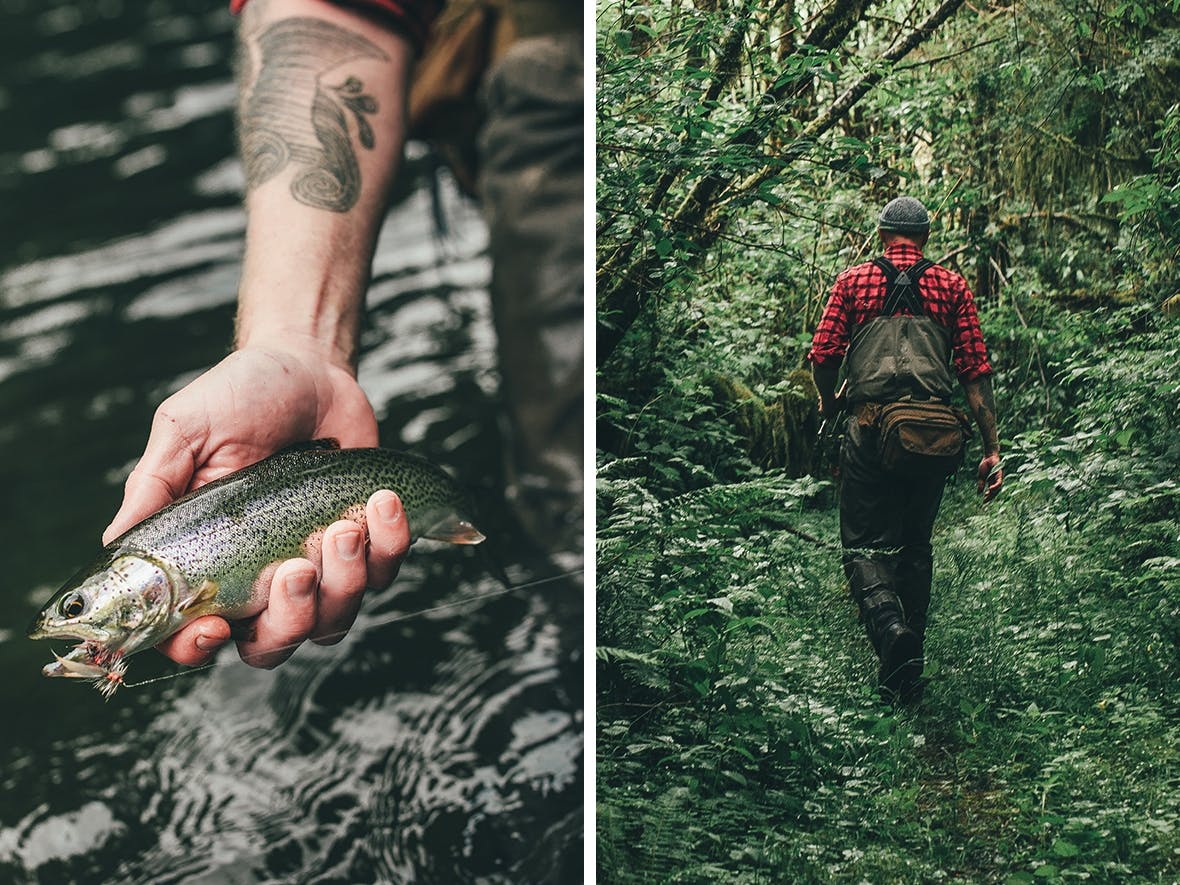
Story by Will Grant
Photography by Dylan Furst
